Acoustic vs electric guitar: which is better for beginner guitarists?
For new guitarists this is one of the biggest questions. We’re here to help you choose the right path and find the right guitar for you
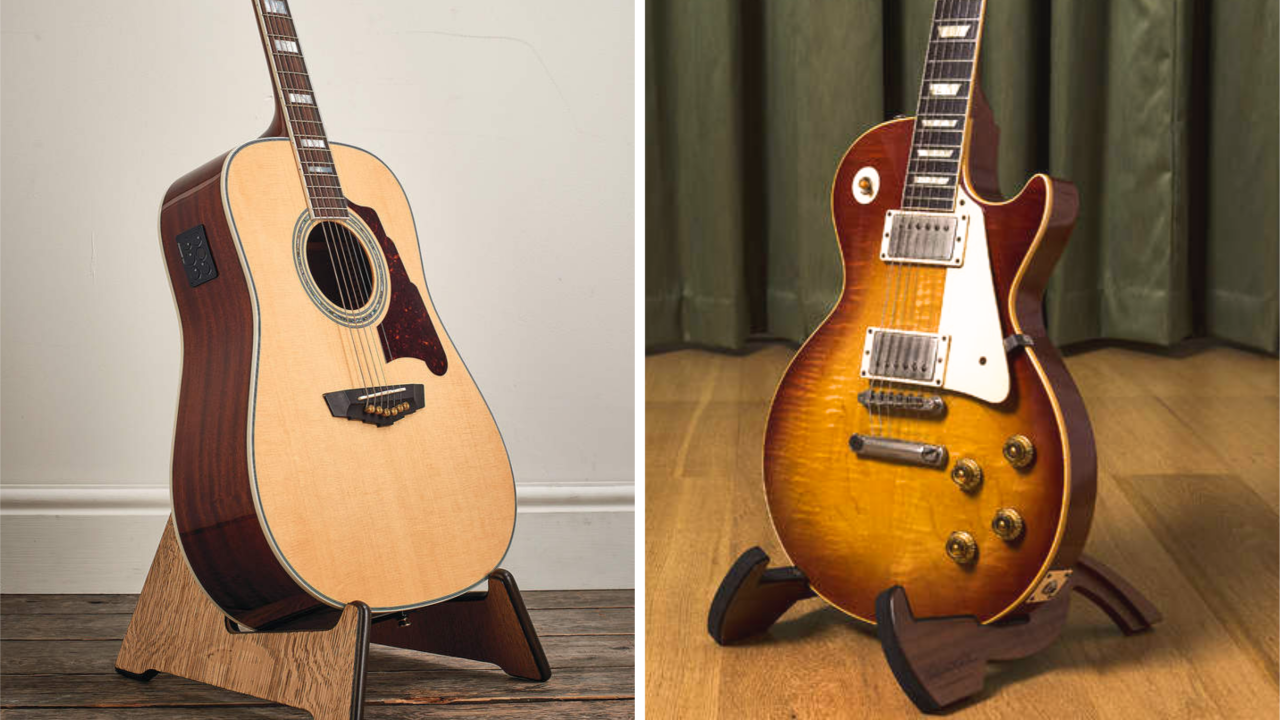
Congratulations! You have just decided to learn to play the guitar, quite possibly the best decision you’ll ever make. But now what? Well, you’re going to need a guitar, and there is one fundamental choice you have to make before you can get started: should you get a beginner acoustic guitar or an electric guitar?
To be clear, there’s no right or wrong answer. You can learn on either. Both have six strings (let’s not concern ourselves with 7- and 8-string guitars just yet) and are tuned low to high EADGBE in standard tuning. The notes are the same. The scales and chords you learn on one can be applied to the other with no problem. Some techniques and approaches to playing vary, but the fundamentals are the same, and whether you choose electric or acoustic you will be amazed at the progress you can make in a short space of time.
But what are the most important differences between the two instruments? Keep reading and you'll find out.
Acoustic vs electric guitar: Advice

Playability and feel
You can trust Guitar World
When it comes to the feel of the instrument, this is where there are some fundamental differences between the acoustic guitar and the electric, differences that would lead us to say that the electric guitar feels easier to play.
There are a number of reasons for this. For starters, electric guitar strings are thinner. Because there are magnetic electric guitar pickups to take the metal guitar strings (typically steel or nickel) vibrations and turn them into a voltage and then sound, you don’t need heavier strings to fill out the sound. On an electric, you’ll find the string gauges typically running from a light .009 through to a heavy .011. Though players such as Stevie Ray Vaughan favored super-heavy tow-ropes for strings.
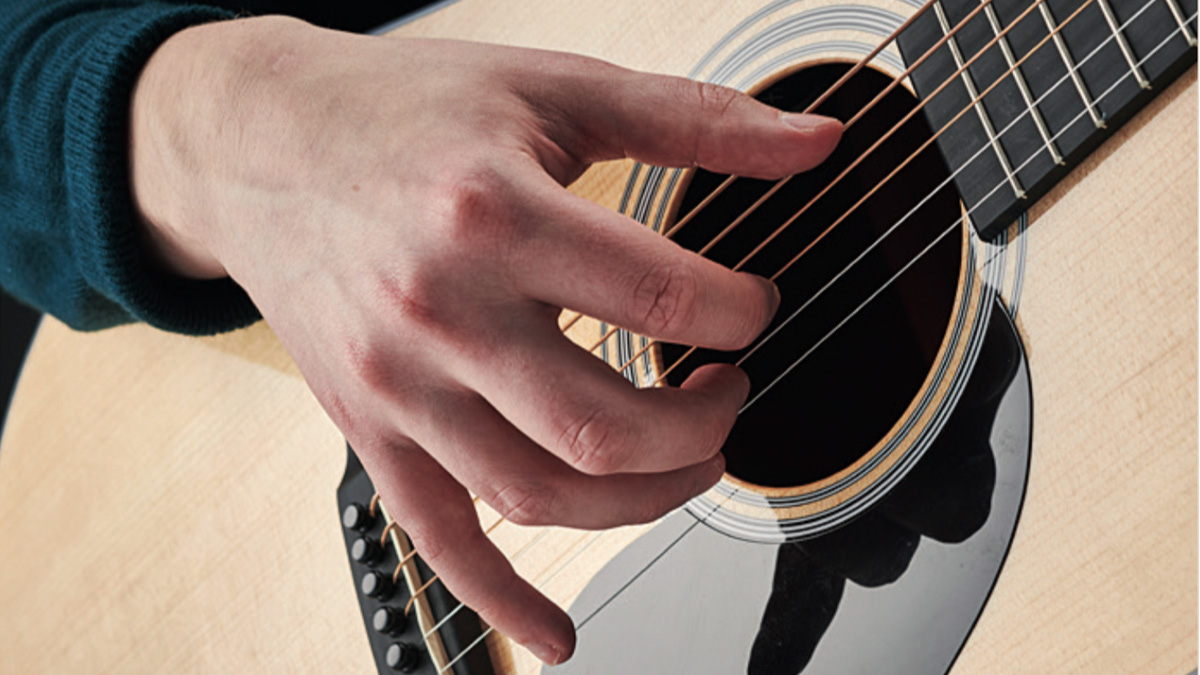
When you first start playing guitar there will be a little pain in the fingertips of your fretting hand as you get used to the strings. That passes as your fingertips develop calluses. Just, please, don’t get all Bryan Adams on us. Sure, he says he played until his fingers bled but that’s poetic licence run amok. If your fingers hurt, take a break, grab a coffee and return to your six-string once the pain recedes.
On the acoustic guitar, the sound is generated by the strings vibrations being amplified naturally through the guitar’s body. The guitar resonates and its tone is then emitted from the soundhole. If we were to use acoustic guitar strings with a super-light gauge as we would on an electric guitar, the sound would be tinny and weak. So on acoustic guitars, expect the strings to run from a light .011 gauge to a heavy .014. The third string (G) is also wound, with a brass wrap around a metal core.
When it comes to playability, string gauges matter. With thicker strings, there is more tension when you bring the guitar up to pitch and that makes it harder to bend a string, and a little more unforgiving on inexperienced fretting hands. Discomfort passes with time, of course, but even just being aware of this will explain why a lot of the techniques applied on electric and acoustic guitars differ.
Also, you might typically find that the electric guitar’s neck is thinner, making it easier to get your hand around. The frets being bigger reward a lighter touch and encourage string bending. And if you are playing a solid-bodied instrument, which most beginner electric guitars are, there is less bulk to get around as the body shape is a little more ergonomic. That said, the electric guitar is considerably heavier than its acoustic counterparts. Again, there’s another trade-off.
The good news is that manufacturers have made great strides in putting together instruments for beginners that play well. The set-ups are better, with lower action – that is the distance between the fret and the string – meaning you don’t have to wrestle a note out of the guitar, putting undue stress on your fretting hand. There has never been a better time to start playing guitar.

Which guitar is easier to learn on?
Just because the electric guitar might feel easier to play initially doesn’t mean that it is easier to learn on. We have made a broad generalization here and declared the electric guitar to be more playable than the acoustic – that, typically, it feels easier on your fingers – but there are trade-offs, and we shouldn’t mistake playability and ease of playing for ease of actually learning the instrument. It’s more complex than that.
There is an immediacy to the acoustic guitar that the electric guitar does not have. We’ll get to the practicalities of the electric in a moment (which guitar amp, guitar cable etc.) but with the acoustic all you need is your guitar and a pick. Over time, you might find that you don’t even need the pick; fingerstyle guitar might suit your sound better. That makes it super-portable, fuss-free, and a trusted performer even during a blackout.

Your first guitar lesson
10 easy guitar songs
How to play powerchord riffs
With the acoustic, you also don’t have to learn to get comfortable with high volume, effects pedals, amplifier types and other peripherals to workshop your own sound; it is just you and your instrument. Okay maybe you could get a guitar capo to barre the frets and play the guitar in a different key, and further down the line you can think about looper pedals for taking your singer-songwriting talents to the masses, but let’s just worry about the fundamentals for now.
There are also a greater variety of short-scale acoustic guitars on the market. A guitar’s scale is the distance between the nut and the bridge – typically somewhere between 24.75” and 25.5” with short-scale guitars taking a few inches off – and the shorter the distance the more manageable it can be for young fingers. String tension is reduced. Also, smaller-bodied acoustics such as the parlor and orchestra-sized guitars will have shallower depth so there’s less guitar to wrap your arm around.
Ultimately, it comes down to what sort of style you envisage yourself playing.
Choosing a guitar: What sort of music do you like?
That seems obvious, doesn’t it? What music are you into? Ask yourself what inspires you. If you are a self-describing Maggot who counts Slipknot as your whole inspiration for learning guitar, then perhaps an electric guitar might be a more obvious choice. Similarly, if it’s Ed Sheeran’s phrasing and pop hooks, then the acoustic is going to be more your speed.
Country? Sheesh, that’s tough. It could go either way… But again, the principle is the same. If your hero is laying down cowboy chords on an acoustic, then there’s your answer. When learning an instrument as a beginner it’s a good idea to take the path of least resistance and follow your inspiration. Getting closer to the tones and learning the songs of your idols is incredibly satisfying. It’s addictive, too, the sort of progress that keeps you coming back for more, getting better and better…
Acoustic vs electric guitar: Guitar essentials
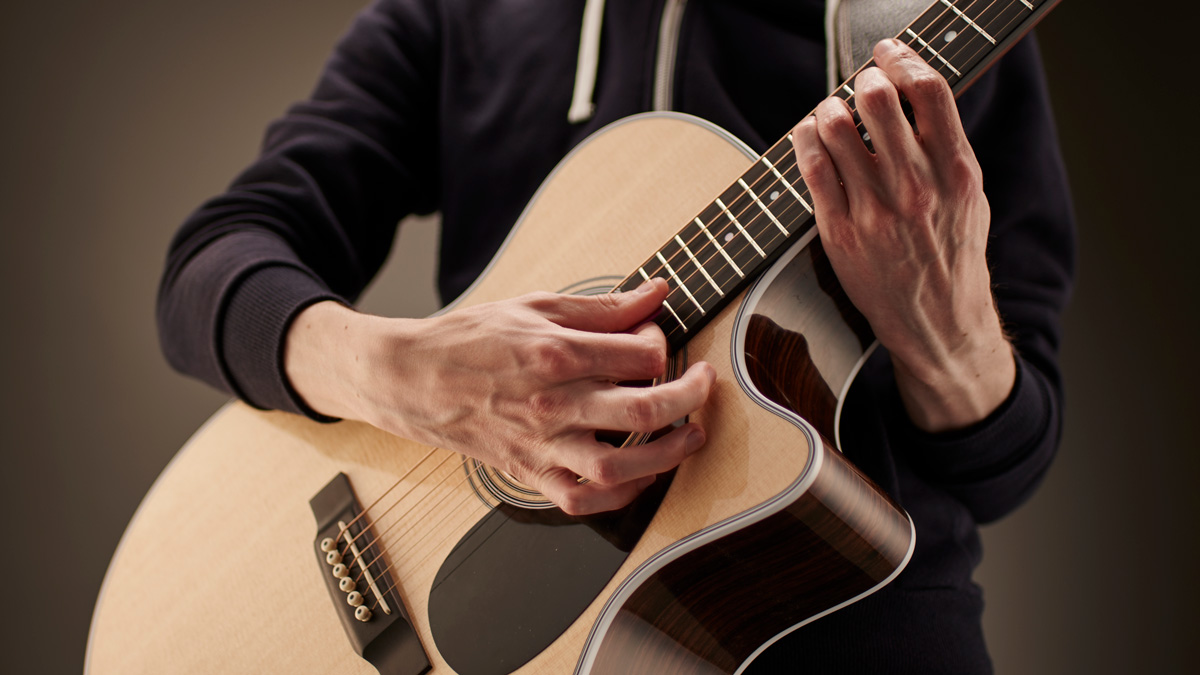
Choosing the acoustic? These are the essentials
So you’re thinking the acoustic is for you. Excellent. There are a multitude of acoustic guitars for beginners at a price that won’t break the bank. When it comes to which body-shape might suit you best, that’s a question of taste. The traditional dreadnought and jumbo acoustics have a lot more body to get to grips with but nonetheless will reward you with bold, loud voices, with plenty of boom. The dreadnought is the most commonly found acoustic guitar shape for good reason, and sounds great if you are using a pick. Both dreadnoughts and jumbos are excellent for strumming.
If you’re a little more slight, the more modestly proportioned orchestra and auditorium acoustics might feel more comfortable, and while these mid-sized acoustics might lack some of the bass oomph they make fine all-rounders. Smaller-bodied acoustics such as the 00 and parlor make excellent finger-picking guitars, with a bright tone that really helps you articulate your notes.
Once you get the guitar, there’s not much else you need. But you will definitely want to have a pick, perhaps a guitar strap and a gigbag for carrying your guitar around. And a capo, as mentioned earlier, is a great tool for changing the guitar’s key, allowing you to play further up the neck. As an acoustic player, you’re definitely going to want to carry one in your gigbag (they needn’t be expensive).
Picks are cheap and a matter of personal preference. Why not grab yourself a variety pack and find the one that feels the best for you? This Dunlop pack will set you back just a few bucks and offers a taste of the different textures, materials and thicknesses on offer. Thinner picks are excellent for strumming, while medium picks will help with those busier single-note lines.
As for a strap? There’s no need to go overboard; the acoustic is not so heavy that you need a premium padded leather strap. A woven poly number will do. This strap from Ernie Ball would do the trick for around 15 bucks.
Now, the gigbag… Some manufacturers will include them with the guitar. If not, you could get a reasonably priced gigbag from the likes of Gator. Unless you are planning on doing a lot of traveling, you don’t need a hard case or deluxe super-padded bag for an entry-level acoustic that could well cost more than the guitar.
For a beginner’s capo, the D’Addario NS Capo Lite is a good option and it will give you change from 10 bucks.
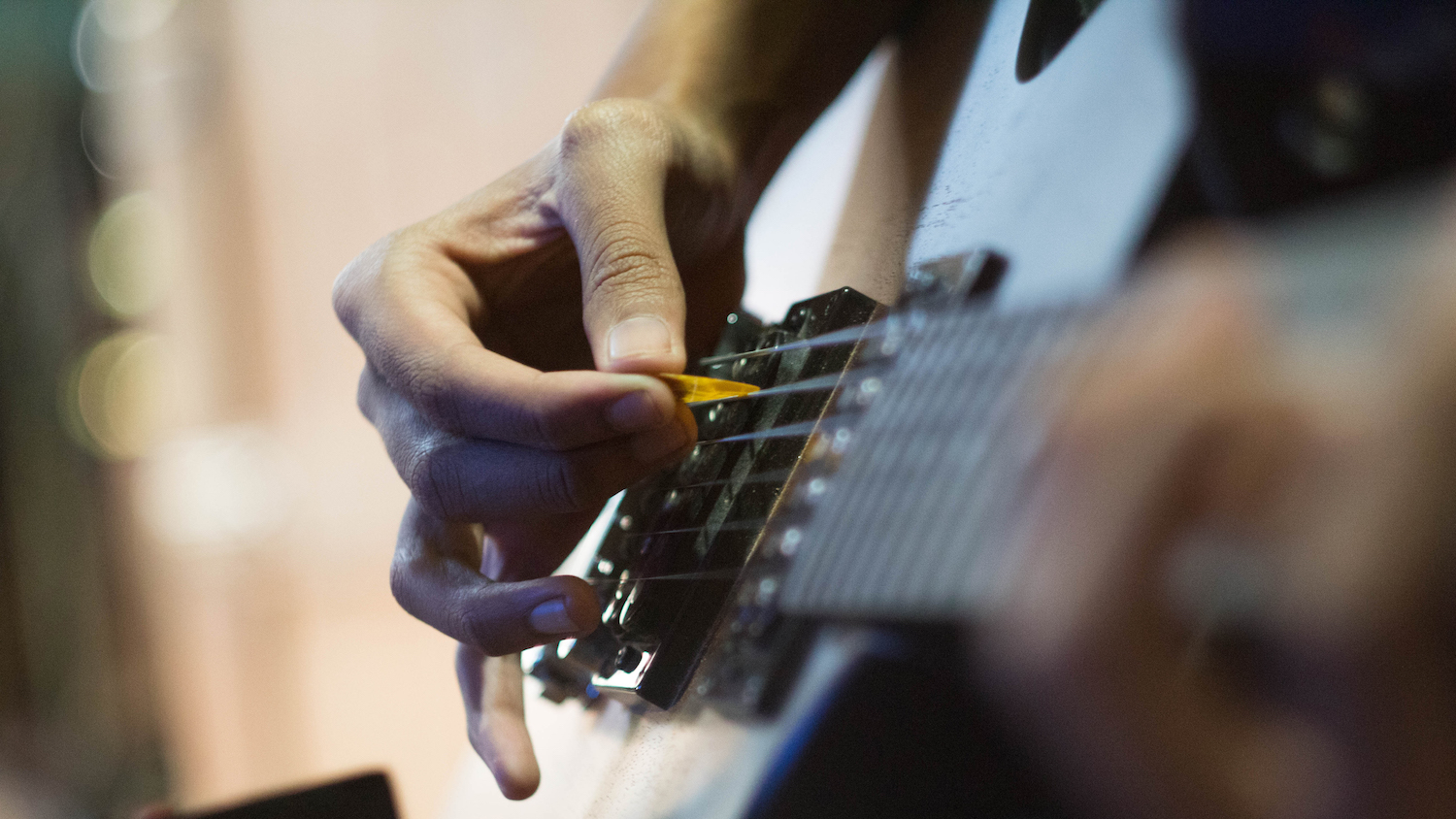
Electric guitar essentials
There are as many electric guitar shapes as there are shapes of pasta. Choosing one is not easy, but find a well-balanced classic shape that feels as good played sitting down as it does standing and the proverbial penne will drop. That rules out the Flying V for the time being, which is a bummer, but at least it will narrow down your search, and our three picks below look at guitars in the Stratocaster, Les Paul and Super Strat style.
Once you have found a body shape that you like, it’s worth bearing in mind how the pickups will make your guitar sound. On beginner electrics, you will typically find two choices of pickups or a combination of both. Single coil pickups will have a precise, bright tone, but also a little hum when there’s overdrive or distortion in the signal, while humbuckers will have a thicker, warmer tone, with the humbucker design doing just that and taking some hum out of the signal. Humbuckers tend to have a hotter signal, and this higher output makes them an ideal pairing for heavy metal.
Other features such as a vibrato or tremolo system, as seen on the Fender Stratocaster, are another feature to consider if the electric is for you. Developing your whammy bar game can add an extra dimension to your playing.
But the big point to note is that you’ll need an amplifier. A decent practice amp will set you back anywhere between $120 and $150. There are some great options around for beginners, with affordable modelling amplifiers featuring onboard effects to help you experiment early with different tones.
Two beginner guitar amps to try
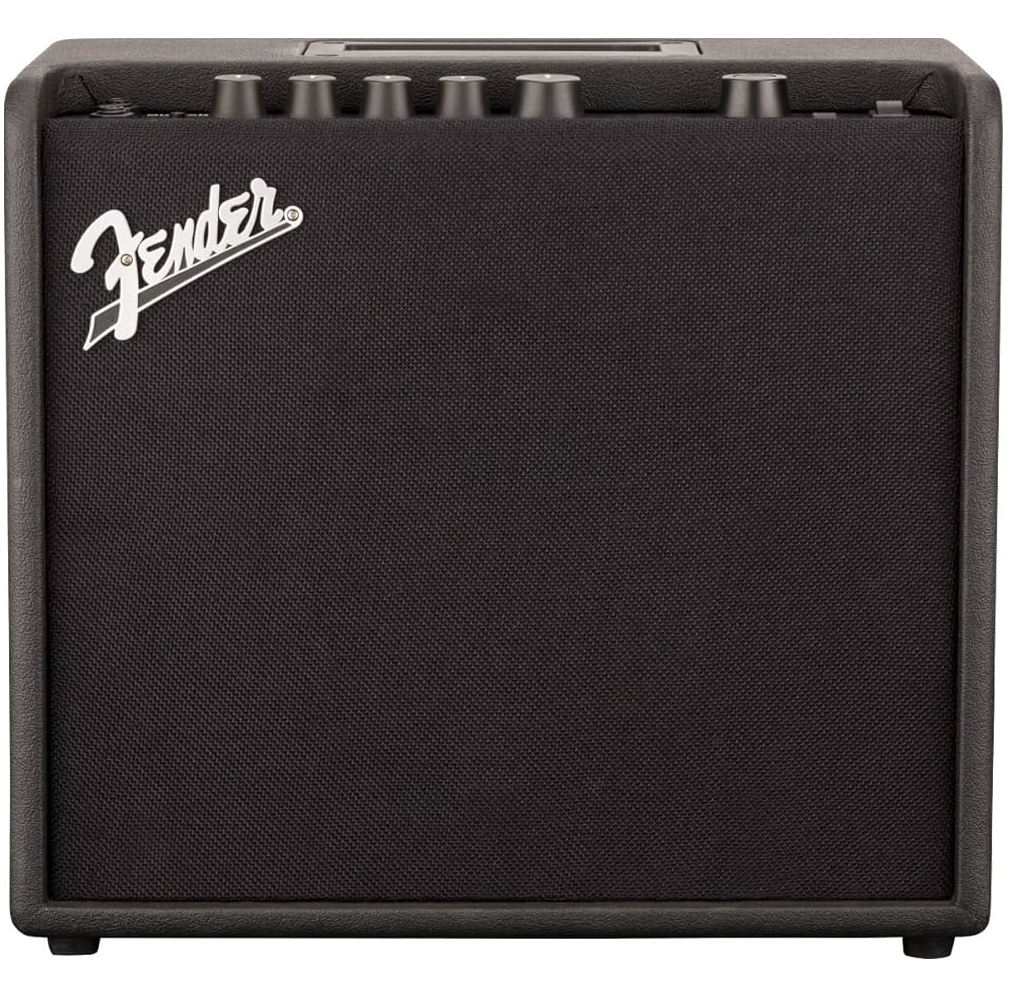
Fender’s entry-level modeling amplifier has everything a beginner needs from an amp. The controls are intuitive, with a color LED display to let you know what’s going on, and a variety of smart features to enhance your practice sessions.
There are 25 onboard effects and 20 different amp models to let you experiment with different tones. When you are just starting out on the electric guitar, and there’s no substitute for experimentation, and for having the right tones to nail your favorite songs.
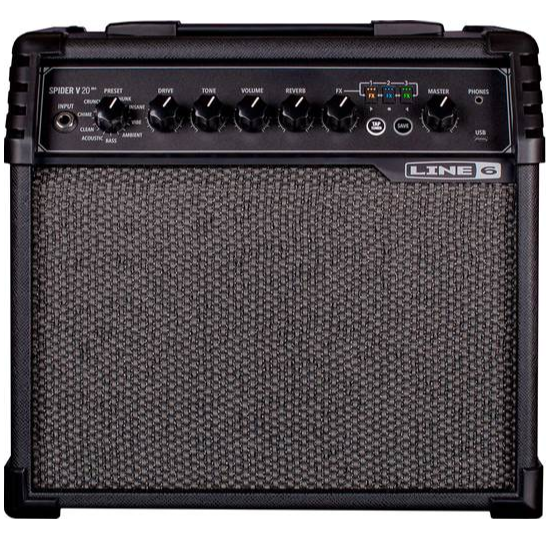
The range of tones you can wring out of this compact little combo is astonishing. It makes an excellent practice tool, with a headphones output for late nights of silent woodshedding and an onboard tuner.
The Classic Speaker Mode is a cool feature at this price, too, and lends this technologically advanced little amplifier a traditional old-school feel. The sheer number of presets and onboard effects could be overwhelming, but they are easily accessed and will help you dial in whatever tone you need.
What other gear do I need to learn to play the electric guitar?
You are also going to need a cable. The rule of the thumb is to always buy the most expensive you can afford, as the cheapo cables will fail on you over time. Check out our guide to the best guitar cables on the market; there is sure to be one within your budget there. As for picks, we would recommend grabbing a variety pack from Dunlop, but maybe sizing up for the medium/heavy gauges. Again, it’s not expensive, but finding the right pick for your style can be a process of trial and error.
Finally, whether you choose an electric guitar or an acoustic, a tuner is an essential purchase. Our guide to the best guitar tuners has options for all budgets.
Acoustic recommendations
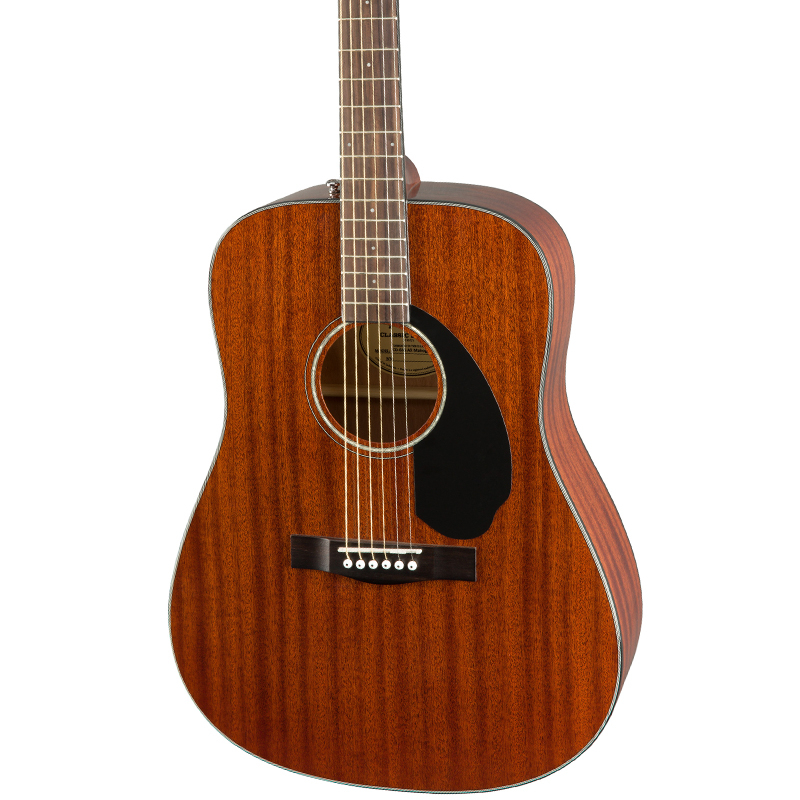
This Fender acoustic guitar offers high-quality construction and great sound at an affordable price. Our tests revealed that its all-mahogany build delivers a rich, well-rounded sound and comfortable playability.
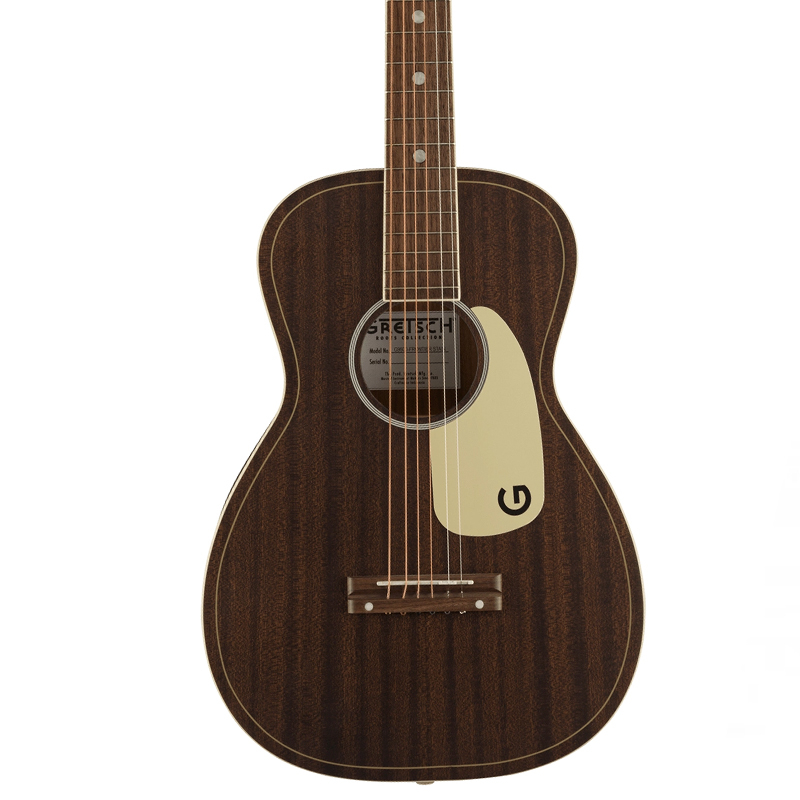
We absolutely adore the appearance of the Gretsch G9500 Jim Dandy. Its compact size and beautiful finish exude a vintage charm. However, for it to be featured, it must offer more than just good looks, and fortunately, the G9500 does not disappoint in playability and tone.
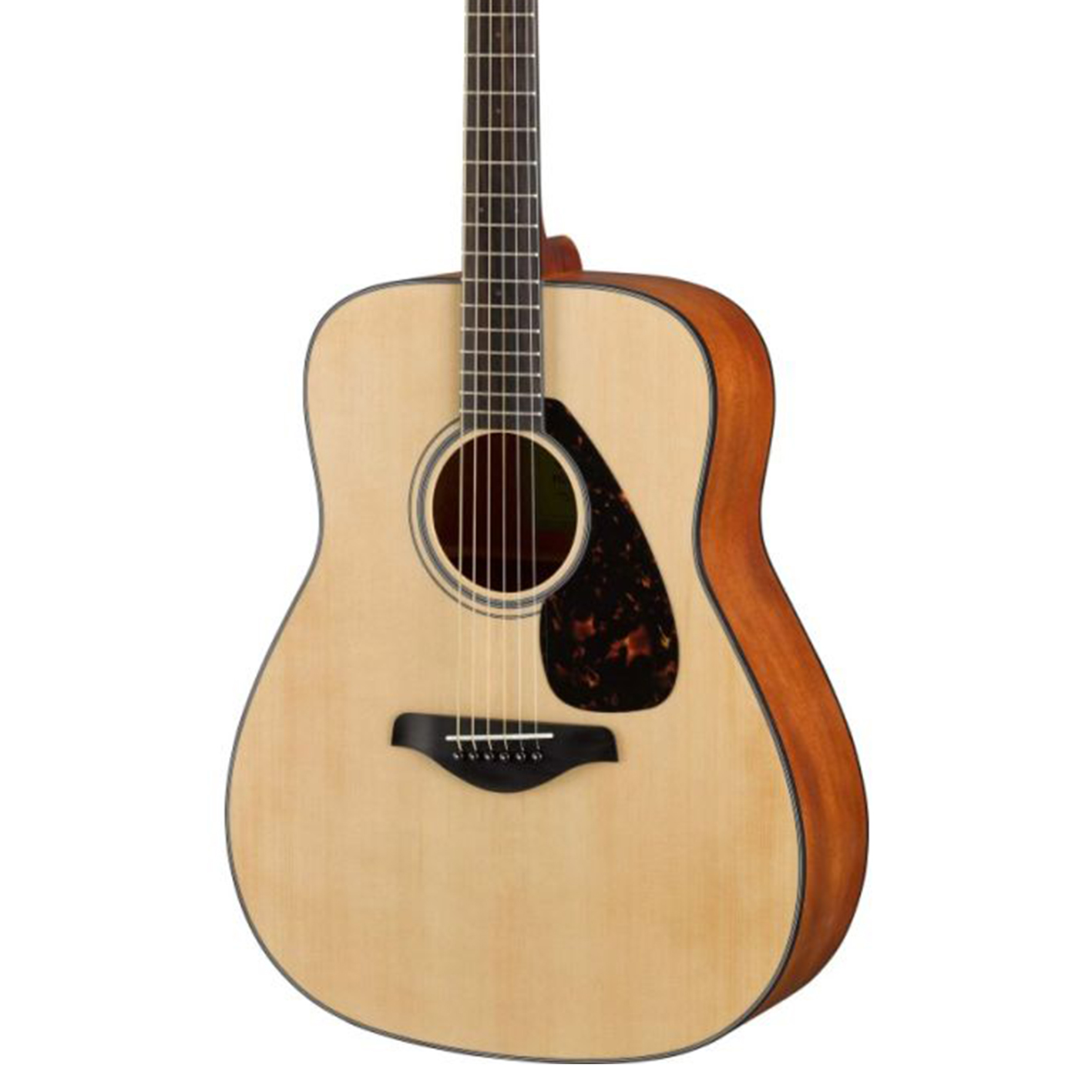
One of the lower-priced guitars we recommend, Yamaha’s FG800, is a well-established choice for beginners in the acoustic guitar realm. This instrument produces a sound that rivals that of more expensive guitars, and it reliably maintains its tune as well.
Electric recommendations
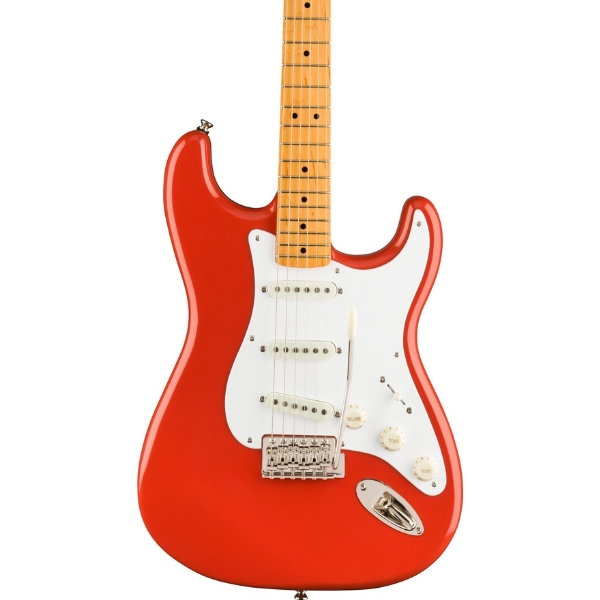
The Squier Classic Vibe '50s Strat is one of the best beginner electric guitars available. It features a comfortable neck profile and more than delivers the classic Strat sound most of us are craving.
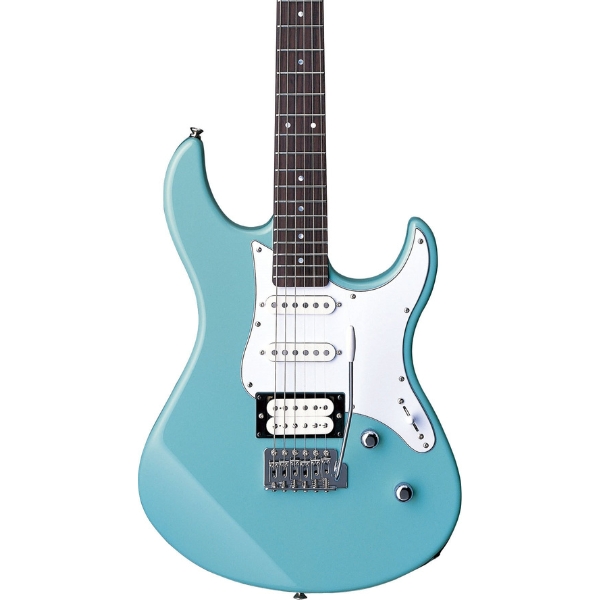
The Yamaha Pacifica 112V may not have the same recognition as bigger names like Fender and PRS, but this guitar is perfect for beginner guitar players, and its HSS pickup configuration and outstanding build quality make it an excellent value.
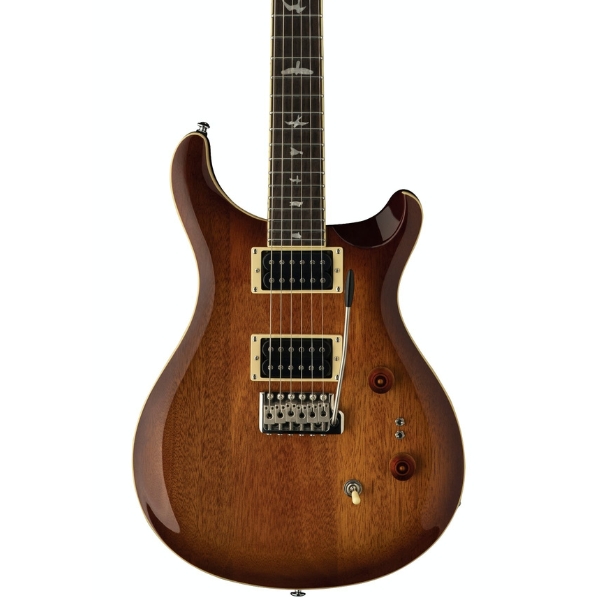
The PRS SE Standard 24 offers the lavish looks and playability of a PRS guitar at a more affordable price. The guitar features twin humbuckers that can be split into single coils, providing greater tonal versatility.
Related buyer's guides
- Our pick of the best acoustic guitars for beginners
- ...and the best beginner electric guitars
- Buying for a child? Check out these great guitars for kids
- Explore the best beginner guitar amps
All the latest guitar news, interviews, lessons, reviews, deals and more, direct to your inbox!
Jonathan Horsley has been writing about guitars since 2005, playing them since 1990, and regularly contributes to publications including Guitar World, MusicRadar and Total Guitar. He uses Jazz III nylon picks, 10s during the week, 9s at the weekend, and shamefully still struggles with rhythm figure one of Van Halen’s Panama.

